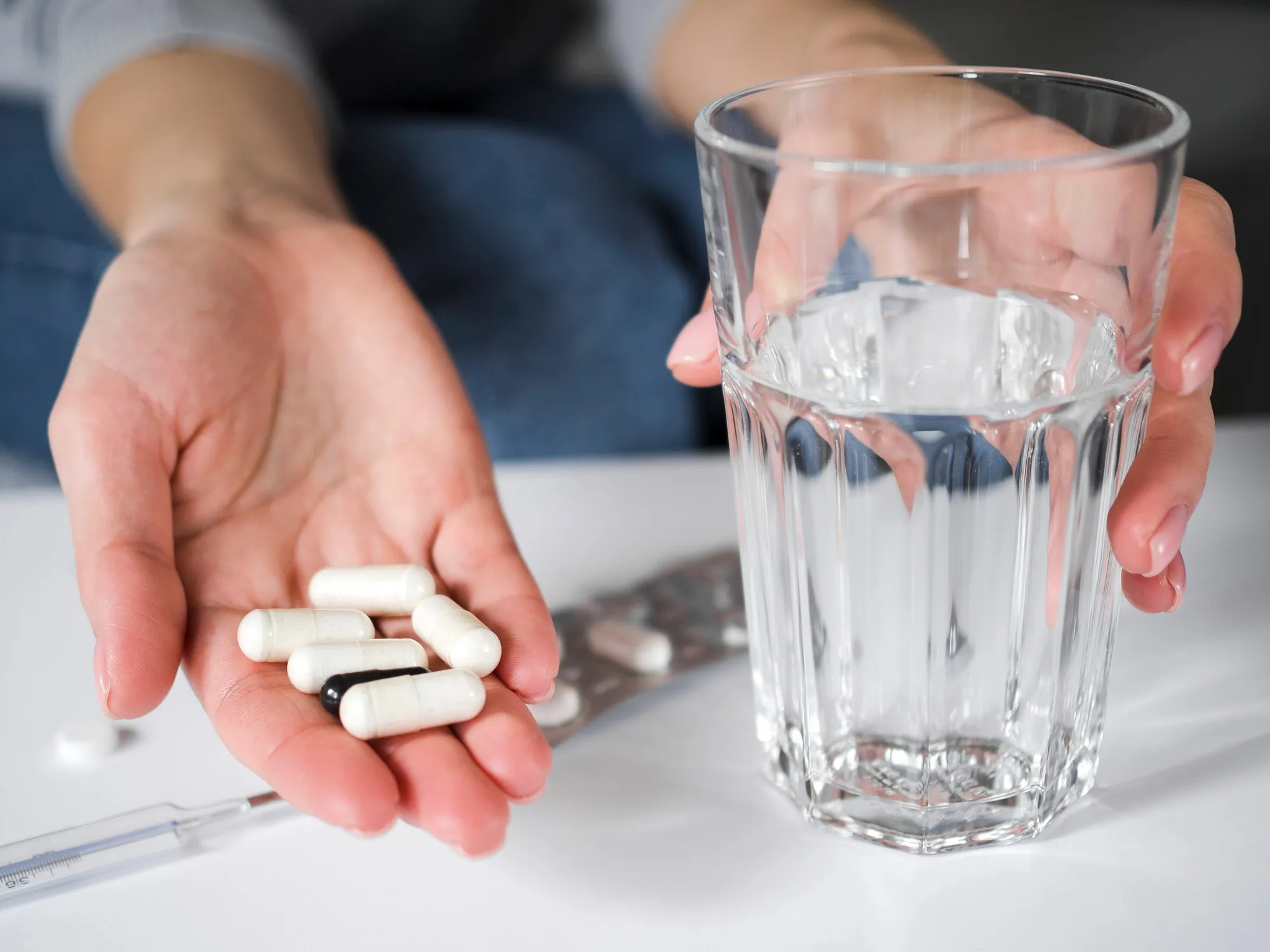In the continuous quest to enhance the bioavailability and efficacy of therapeutic compounds, the pharmaceutical industry has reached a pivotal breakthrough in the form of drug-drug co-amorphous systems. A recent review published in ‘Drug Discovery Today’ outlines the advances in this novel approach aimed at improving the solubility of poorly water-soluble drugs—a longstanding barrier in drug development.
The publication by Wang Hongge and colleagues from Shenyang Pharmaceutical University in China delineates the challenges small-molecule drugs face due to their poor water solubility and how the adoption of co-amorphous technology could revolutionize drug formulation strategies.
Formulation Strategies for the Future
The research, represented by the DOI: 10.1016/j.drudis.2024.103883, expounds on the manufacturing methods and potential applications of drug-drug co-amorphous systems. This technique involves amorphization, which is the process of converting crystalline drugs that typically have low solubility into their non-crystalline, or amorphous, forms. These new forms are more soluble in water but come with the caveat of being thermodynamically unstable, which can lead to crystallization during manufacturing and storage.
The innovative approach addresses these setbacks by combining two drugs into a co-amorphous system. This strategy not only stabilizes the amorphous state but also facilitates the dissolution of the drugs, leading to superior bioavailability within the body.
An Elaborate Review of Drug-Drug Co-Amorphous Systems
The present review stands out as it methodically summarizes the advances in the field by scrutinizing techniques used to produce these systems and the variety of applications derived from them over recent years. It showcases a future where these systems could provide combined therapy for various clinical indications due to their enhanced stability and solubility profiles.
The Road Ahead in Drug Discovery
While the review illuminates a hopeful pathway, it also anchors realistic expectations by mapping out the prospective challenges and considerations in advancing drug-drug co-amorphous systems into the mainstream pharmaceutical market. It emphasizes the need for deeper insights into the molecular interactions within these systems and the long-term physical stability of the amorphous state.
Implications for Pharmaceutical Design and Therapy
The implications of this novel formulation strategy stretch far beyond the scientific community. For patients, it could mean greater access to drugs with improved efficacy and potentially lowered side effects due to the precision of co-delivery systems. For healthcare providers, these advancements offer a toolkit for more targeted and effective treatment options. And for pharmaceutical companies, the development of drug-drug co-amorphous systems unlocks a new competitive edge in drug design and delivery.
A Closer Look at Shenyang Pharmaceutical University’s Findings
The collaborative effort at the Wuya College of Innovation forms the crux of the research. The team which includes Zhao Peixu, Ma Ruilong, Jia Jirun, and Fu Qiang has put forth a framework of knowledge that is indispensable for future scientists and pharmaceutical developers. By offering a robust compilation of the progress in this domain, they provide a scaffold for further research and innovation.
Conclusion
In conclusion, the breakthrough highlighted in this review serves to extend the horizons of drug discovery, underlining the immense potential brought forth by drug-drug co-amorphous systems. The detailed analyses and insights offered by Hongge and colleagues present a beacon for future endeavors in enhancing drug solubility and therapeutic effectiveness.
References
Wang Hongge, Zhao Peixu, Ma Ruilong, Jia Jirun, Fu Qiang. (2024). Drug-drug co-amorphous systems: An emerging formulation strategy for poorly water-soluble drugs. Drug Discovery Today, 29(2). https://doi.org/10.1016/j.drudis.2024.103883
Keywords
1. Drug-drug co-amorphous systems
2. Amorphization of drugs
3. Poorly water-soluble drugs
4. Pharmaceutical bioavailability
5. Drug solubility enhancement
